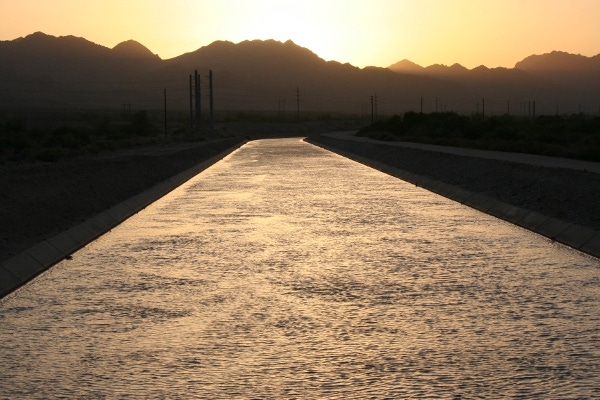
Arizona snow pack levels below average
Arizona snow pack at below average levels;The dry trend is expected to continue – the spring runoff is expected at near record low levels;Precipitation in the mountains of northern and eastern Arizona has been well below average since the beginning of the year, except within the Verde River Basin, according to the Arizona NRCS.
March 16, 2011

The latest Arizona Basin Outlook Report released by USDA’s Natural Resources Conservation Service (NRCS) predicts the Arizona snowpack at below average levels.
“Precipitation in the mountains of northern and eastern Arizona has been well below average since the beginning of the year, except within the Verde River Basin,” said Dino DeSimone, state water supply specialist with the NRCS in Phoenix, Ariz.
“True to form for a La Nina year, this dry trend is expected to continue. As a result, spring runoff is expected to be at near record low levels.”
Among the findings in report, the Salt River basin snowpack measured at 58 percent of the 30-year average; the Verde River basin at 94 percent of average; and the San Francisco-Upper Gila basin at 48 percent of average.
The southern headwaters of the Little Colorado River basin had 66 percent average snowpack while the central Mogollon Rim was at 73 percent. In the Chuska Mountains of northeastern Arizona, snowpack conditions were measured at 88 percent/average.
The current stream flow forecast calls for well below normal runoff from March through May. Flows over these three months, typically the time of year when the greatest runoff occurs from snowmelt, is expected at only 18 percent of median on the Little Colorado River; 22 percent on the Salt River; 42 percent on the Verde River; and 23 percent on the Gila River.
The Colorado River inflow to Lake Powell, however, is estimated at 116 percent of average for the forecast period from April to July.
The NRCS Arizona Basin Outlook Report and related reports are available online at www.az.nrcs.usda.gov/snow.
NRCS monitors snow conditions in Arizona’s mountain watersheds each winter to estimate the amount of water available for spring and summer uses.
You May Also Like



